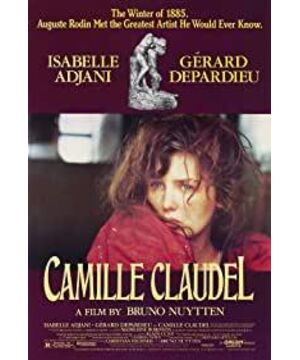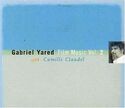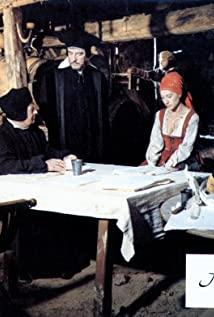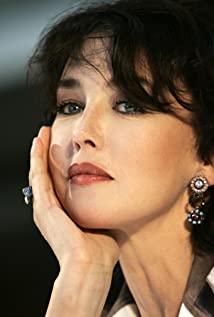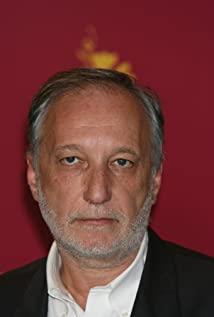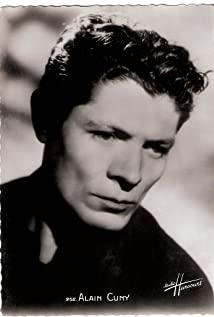I just heard about Camille a long time ago and thought she might be an under-known sculptor, another talented but under-known sculptor. But Camille Claudel, the only known female sculptor of the 20th century, began as Rodin's pupil and muse, and ended up as his staunchest enemy.
When I watched Camille Claudel, I realized what a wonderful story Camille's life was. Camille's real life is the life of a lunatic who unleashes excess talent. The purest loving individual God has ever made.
To put it bluntly, all the people who tell her story are [Rodin]. We yearn for romantic love, to see the vast world, to be talented, to be infatuated with attractive people, to try our best to meet our personal Maslow needs, and to share his/her life with someone we envy . We are all [Rodin].
Camille had a passion for sculpture from an early age, and despite her mother's strong disapproval, her father was quite supportive. In 1882, 18-year-old Camille met 42-year-old Rodin. Rodin's artistic road in the first half of his life was very hard. At that time, he was commissioned by "Gate of Hell" and became famous. The following year, Camille joined Rodin's Paris studio.
The experienced Rodin saw Camille's potential. He said she didn't need a teacher at all, she could learn by doing. Their passion for sculptural art led them to fall in love and intense creative bliss. Camille wants to join Rodin's life, and Rodin wants to share Camille's talent. Rodin said she was his only source of inspiration and that she had what he had lost. Rodin makes Camille burst into amazing creativity, working non-stop for him or them. Many of Rodin's works incorporate Camille's ideas, and those years were also the most prolific period for Rodin's works. But Camille has no work of her own.
For ten years, she was completely attached to Rodin, a tool for him to build his own reputation. He needed her, but he didn't need to marry her, she didn't need her to have an independent artistic career, and he didn't need their children. Camille is dissatisfied with Rodin, dissatisfied with Rodin saying he loves but not marrying her, dissatisfied that Rodin is becoming more and more commercialized, perhaps she is dissatisfied with the gradual collapse of spiritual idols, when she wants to devote herself to and create more refined works, Rodin but rejected her.
In 1892, Camille experienced a miscarriage, broke away from Rodin and set up her own studio, and began a period of isolated and independent creation. Camille's creative genius is still there, even more powerful. But Camille had no financial backing. She had bold ideas but was shunned and even discriminated against by gender-based censorship at the time. Camille could not really create independently, she accepted funding from Rodin.
It was not until Rodin saw Camille's work "Mature" in 1899 that he was jealous, shocked and angry. "So you finally became my strongest enemy", and he stopped supporting Camille. Rodin's influence in society led the Ministry of Art to defund Camille's bronze sculpture commission. Her works were forcibly plundered by Rodin in the name of "state" and "government".
After that, Camille lived alone, in poverty, and from love to hate, her spirit had a serious crisis, her creations were not accepted by the society, and she no longer recognized herself. She blamed it all on Rodin, who became her fanciful persecuting nemesis, an irrepressible morbid pestering Rodin.
Camille's impression of Rodin's deception and exploitation is not false, but her blame only hurts herself. Rodin had always had an unspeakable jealousy of Camille. When Rodin first met, he wanted to control Camille and make her depend on him. The help after the breakup was that Rodin controlled her in a tender way, trying to bring her into his order, which was also approved by the society.
In 1905, she lifted the hammer and destroyed most of her own sculptures, and she destroyed herself. She did not obey Rodin, nor did she obey her family, nor did she obey society. She strives to be her independent self, to be an independent artist, and to realize her artistic ambition. She failed.
Most biographers who have studied her consider her to be a brilliant genius, who had begun to possess wealth, beauty, iron will, and a brilliant future before meeting Rodin, but unrewarded, in solitude, poverty, and Gradually disappeared without a name. Other authors have argued that it was her family that ultimately ruined her, that her mother never supported her career, and that her brother Paul was probably so deeply jealous of her genius that she ended up in a mental hospital.
In March 1913, a week after her father's death, Camille was taken to a mental hospital and, in 1914, to an asylum. She spent the rest of her life in obscurity bound in a madman's straitjacket. During this period, her mother did not visit her; her brother visited her seven times. Her doctors have repeatedly advised her family that she does have moments of mental outburst, but that her art is normal and does not need to be kept in an institution. However, they were unwilling to take her back. As a failed artist, she was completely abandoned by her family.
Camille died in October 1943. When she was dying, she left a crooked line: "The rest is just silence." With no family or friends to receive Camille's body, she was initially buried in a cemetery before being moved to another cemetery to be mixed with the remains of other poorest people, and she was never able to return to her hometown.
Many years later, Rodin instructed the Rodin Museum to collect 15 works by Camille. A few years later, the diplomat's brother organized an exhibition of Camille's work at the Rodin Museum, in which she celebrated her artistic achievements.
(Welcome to follow Weibo AprilLoVeGood)
View more about Camille Claudel reviews


